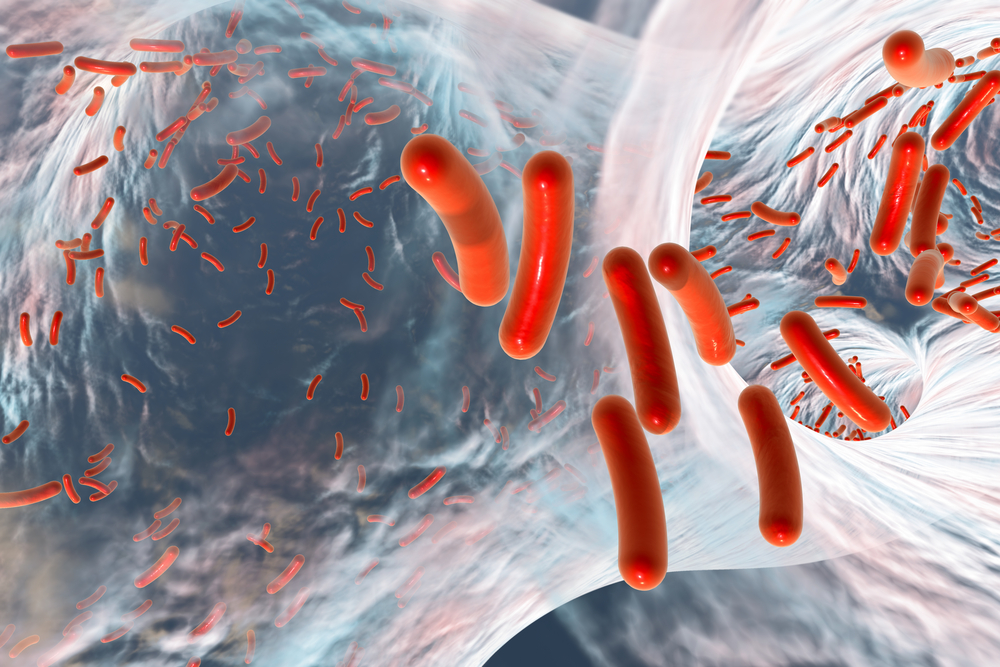Inhaled Tobramycin Effectively Treats Initial P. aeruginosa Infections in CF

Inhaled tobramycin alone works as well at eradicating an initial infection by Pseudomonas aeruginosa bacteria in people with cystic fibrosis (CF), and its use in combination with an oral fluoroquinolone, such as ciprofloxacin or levofloxacin, appears to be redundant, a small study reported.
Its results also suggest that inhaled tobramycin is as effective in a real-life setting as in clinical studies, validating current trial-based treatment guidelines.
The study, “Real World Experience of Pseudomonas aeruginosa Eradication at an Urban Pediatric Cystic Fibrosis Center,” was published in the Journal of Pediatric Pharmacology and Therapeutics.
P. aeruginosa is a bacterium that causes challenging lung infections in people with CF. Prompt antibiotic treatment is critical to prevent these infections from becoming chronic, or long-lasting, and more difficult to treat.
Cystic Fibrosis Foundation guidelines recommend a 28-day cycle of tobramycin inhalation solution (TIS) to eradicate an initial P. aeruginosa infection. This recommendation is based on results of several past clinical studies. However, the guidelines’ feasibility and success in real-world practice are not well known.
Researchers at the Johns Hopkins Medical Institutions, in Maryland, tracked the outcomes of 75 CF patients (ages 21 or younger) treated at their centers for either a first P. aeruginosa infection or their first in at least two years between January 2014 and September 2018. All were registered with the Cystic Fibrosis Foundation Patient Registry.
Of these patients, 74 were given treatment aimed at eradicating their infection.
Over half of those treated (52.7%) received TIS only, at 300 mg twice daily. The next most common regimen consisted of TIS and a fluoroquinolone (TIS + FQ, 28.4%). Eleven patients (14.9%) received intravenous antibiotics after being hospitalized for a flare. Two were treated with an oral fluoroquinolone only, and one patient received inhaled aztreonam plus an oral fluoroquinolone.
According to the researchers, all P. aeruginosa isolates (100%) responded to the prescribed treatment.
Most individuals (62 patients; 83.8% of the group analyzed) showed no signs of infection at their first follow-up, suggesting that early antibiotic therapy was effective at eradicating an initial infection.
Half of the patients who achieved eradication (31 patients) had a recurrent infection over the following two years, but the investigators found no particular differences between these individuals and those without a recurrence. The median time to recurrence was 5.3 months.
TIS cleared the infections in 84.6% of these patients, and TIS + FQ in 76.2%, a difference that was not considered significant. Both rates of recurrence — 57.6% in the TIS group, and 37.5% in TIS + FQ — and the time to recurrence, 6.4 months with TIS vs. 5.1 months with TIS + FQ, were also comparable between these groups.
“Our study suggests that addition of an oral FQ to TIS does not confer an additional benefit in terms of microbiologic eradication or recurrence,” the investigators wrote.
Despite being a small observational study, its results fall in line with those of clinical trials.
“This study validates the Cystic Fibrosis Foundation recommendations for [P. aeruginosa] eradication in a real-world setting,” the researchers concluded, adding that “the results of current and future studies will continue to guide clinicians in optimizing [P. aeruginosa] eradication strategies.”







